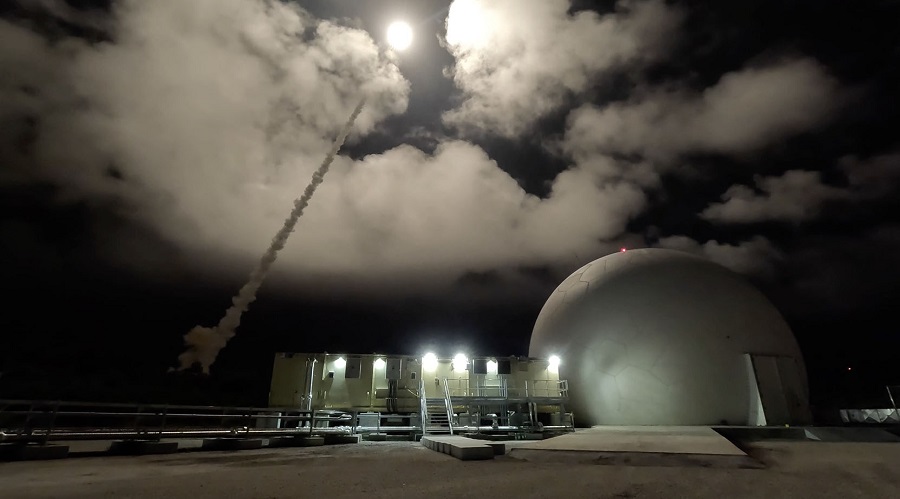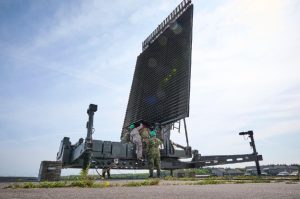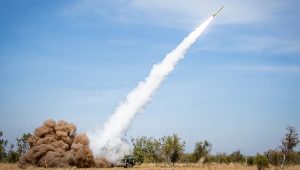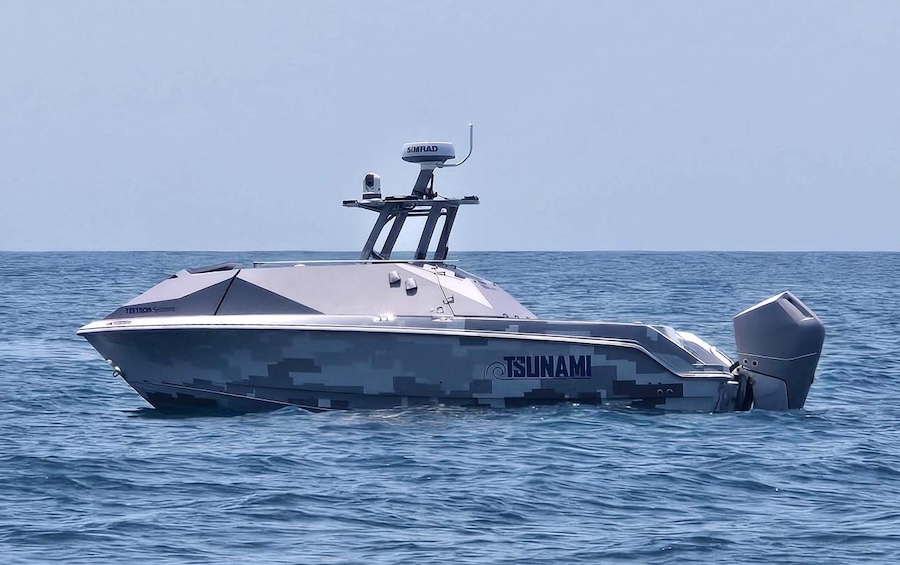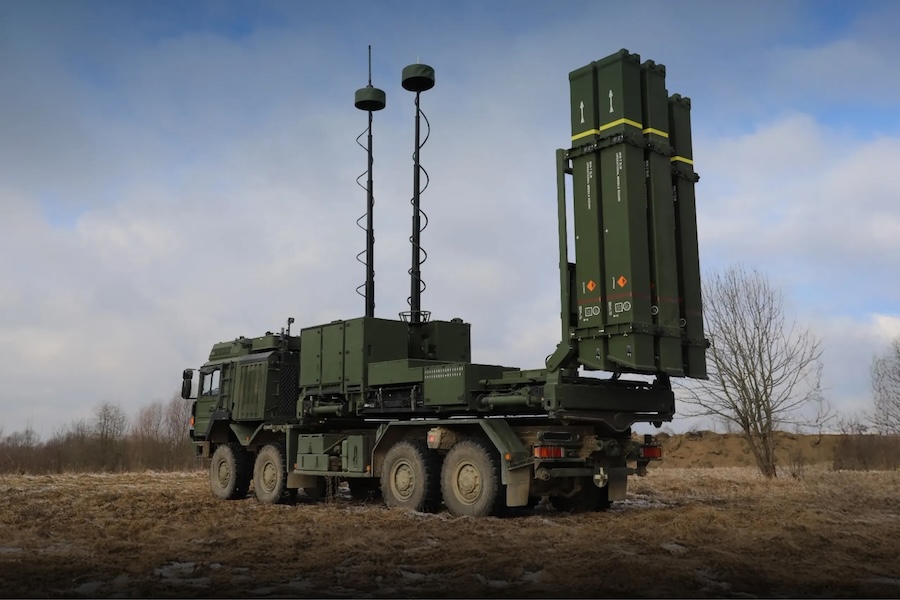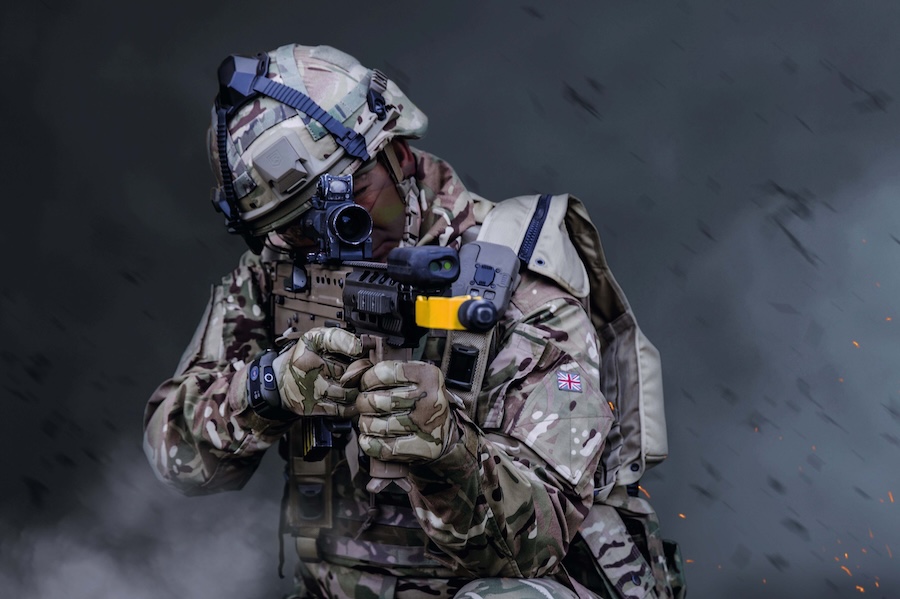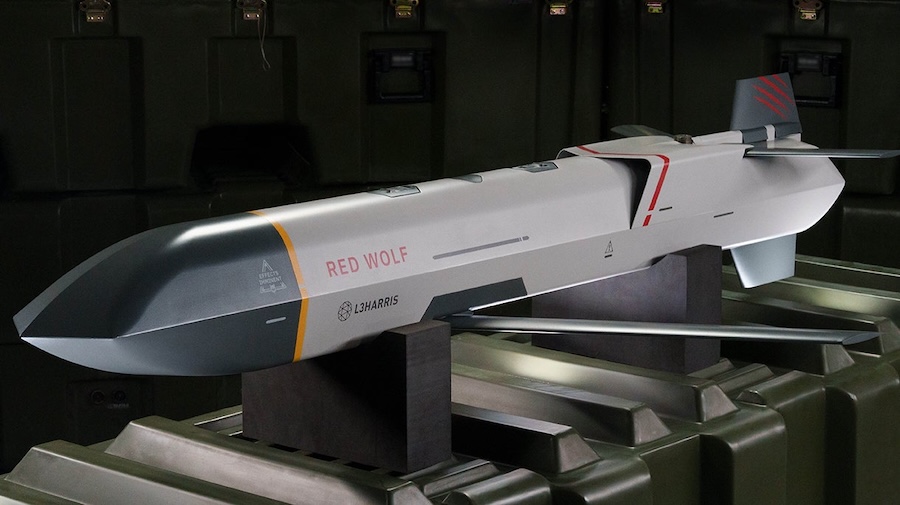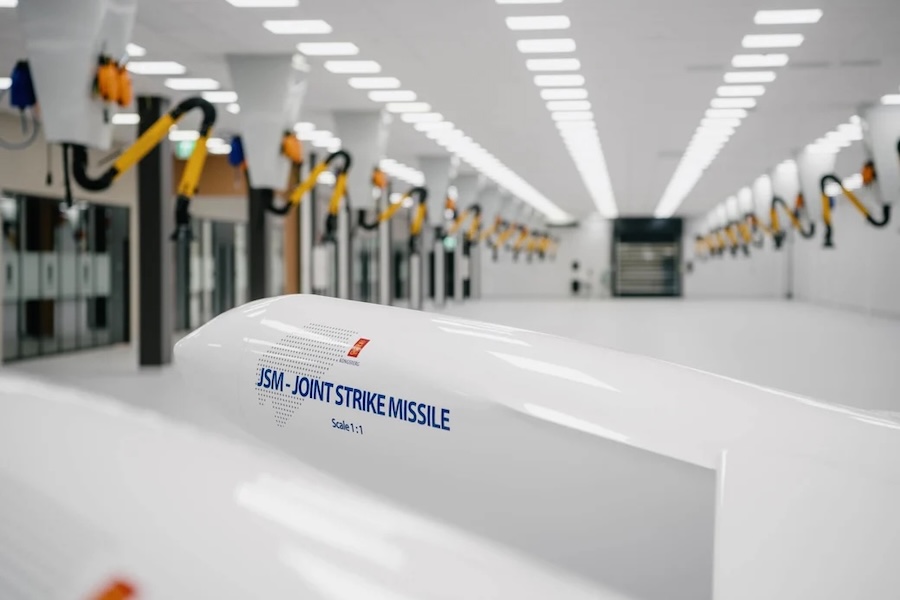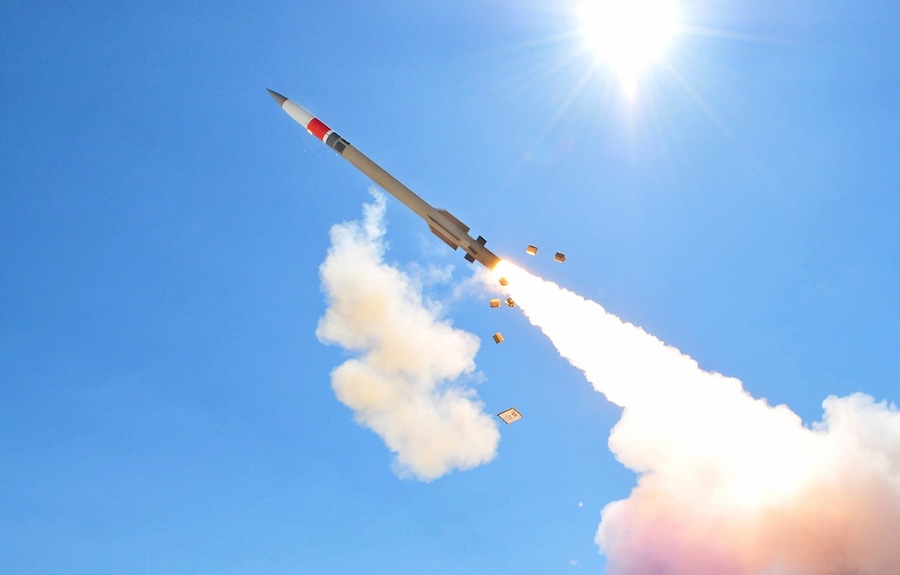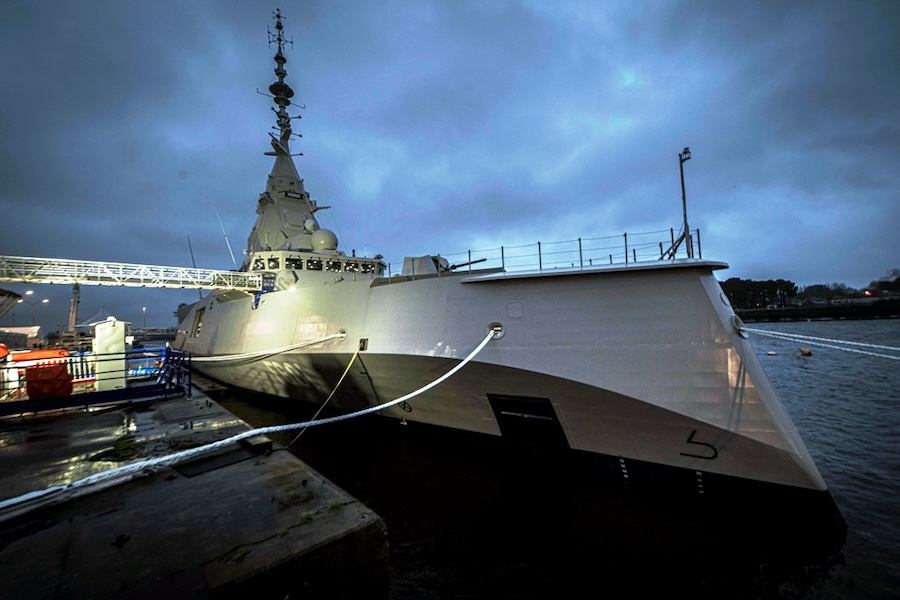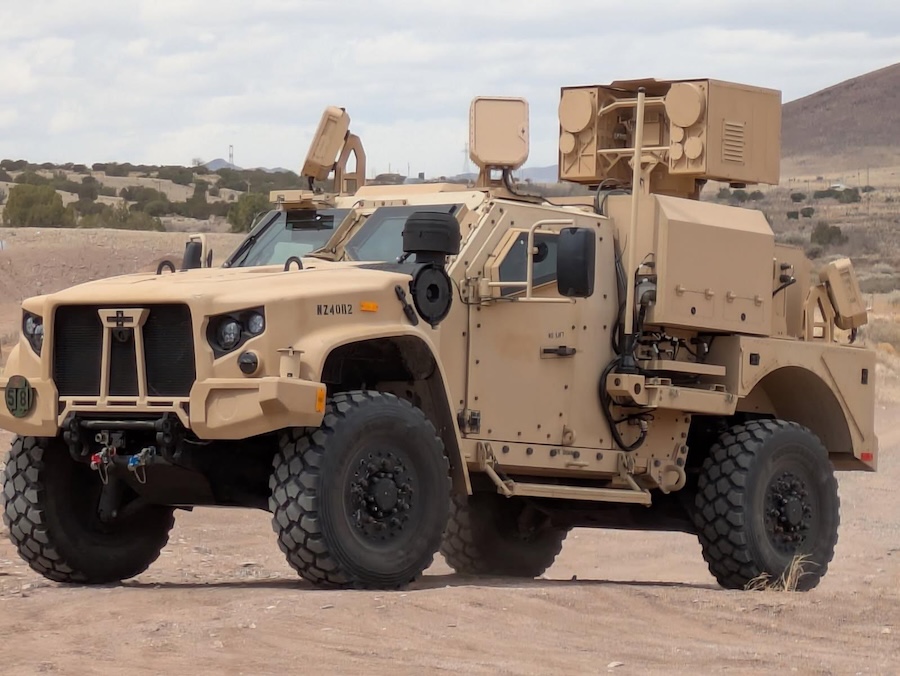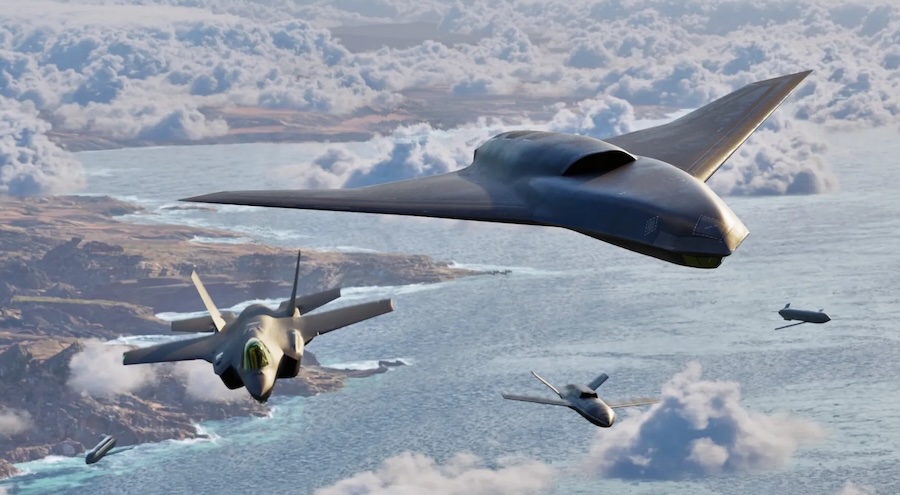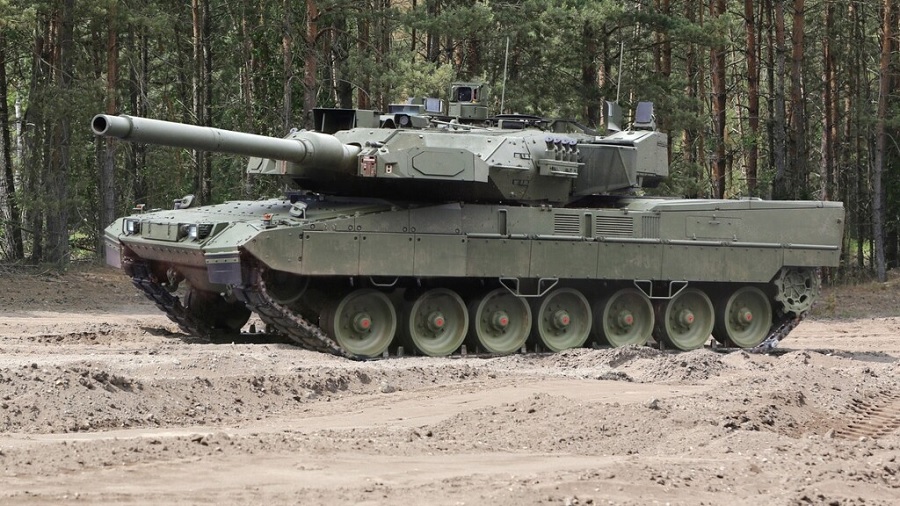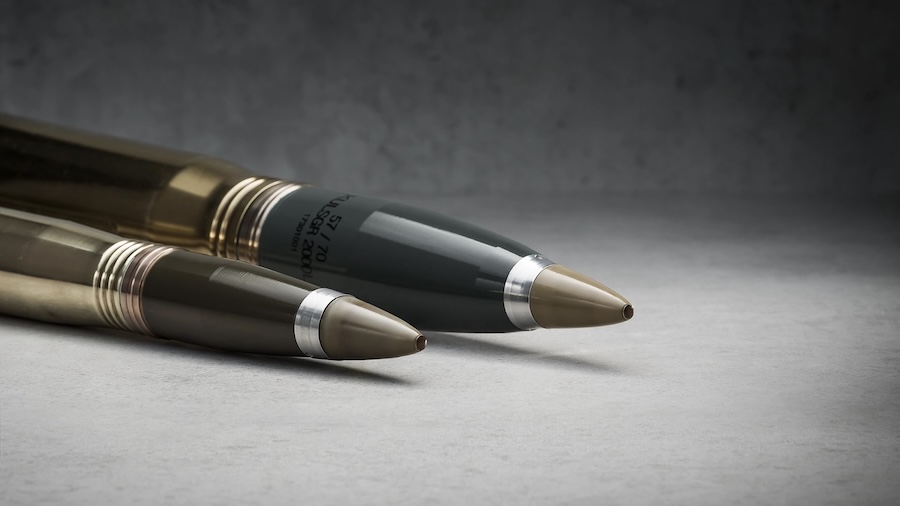The experiment, designated Flight Experiment Mission-02 (FEM-02), involved the Aegis Guam System integrating with the AN/TPY-6 radar and a Vertical Launching System. A Standard Missile-3 Block IIA was launched, successfully intercepting a Medium Range Ballistic Missile target air-launched off the coast of Andersen Air Force Base.
This test was the first to feature the AN/TPY-6 radar in an end-to-end tracking scenario during a live ballistic missile flight. The radar tracked the missile target shortly after its launch, providing essential data for requirements validation and development of the future Guam Defense System (GDS).
According to Lt. Gen. Heath Collins, MDA Director, the event reflects a collaborative effort to enhance Guam’s defences and validate integrated missile defence capabilities. He emphasised that the data gathered will inform future systems aimed at protecting the territory and U.S. forces from regional missile threats.
The 418th FLTS played a key role in the test, providing specialised expertise in flight testing and airdrop capabilities. The squadron utilised a modified Air Mobility Command C-17 aircraft equipped with instruments to interface with missile launch equipment, ensuring the successful collection of critical data.
Lt. Col. Daniel Edelstein, Commander of the 418th FLTS, highlighted the squadron’s decade-long partnership with the MDA and its experience in high-altitude experimental tests. He described the event as a vital opportunity to stress-test multi-domain ballistic missile defence systems and support the strategic goals of the Indo-Pacific Command (USINDOPACOM).
FEM-02 is part of a long-term initiative to establish a persistent, layered air and missile defence system in Guam. The system will involve multiple DoD service components working together to enhance regional security and deter potential threats.
Source: Edward Air Force Base.



